-
 Bitcoin
Bitcoin $113900
-1.39% -
 Ethereum
Ethereum $3517
-4.15% -
 XRP
XRP $3.009
1.59% -
 Tether USDt
Tether USDt $0.9997
-0.04% -
 BNB
BNB $766.8
-1.41% -
 Solana
Solana $164.6
-2.38% -
 USDC
USDC $0.9998
-0.02% -
 TRON
TRON $0.3277
0.65% -
 Dogecoin
Dogecoin $0.2023
-1.67% -
 Cardano
Cardano $0.7246
0.05% -
 Hyperliquid
Hyperliquid $38.27
-4.77% -
 Sui
Sui $3.528
-0.52% -
 Stellar
Stellar $0.3890
-0.73% -
 Chainlink
Chainlink $16.16
-2.69% -
 Bitcoin Cash
Bitcoin Cash $539.9
-4.38% -
 Hedera
Hedera $0.2425
-2.00% -
 Avalanche
Avalanche $21.71
-0.97% -
 Toncoin
Toncoin $3.662
5.73% -
 Ethena USDe
Ethena USDe $1.000
-0.02% -
 UNUS SED LEO
UNUS SED LEO $8.964
0.35% -
 Litecoin
Litecoin $107.7
2.33% -
 Shiba Inu
Shiba Inu $0.00001223
-0.40% -
 Polkadot
Polkadot $3.617
-0.97% -
 Uniswap
Uniswap $9.052
-2.49% -
 Monero
Monero $295.1
-3.79% -
 Dai
Dai $0.9999
0.00% -
 Bitget Token
Bitget Token $4.315
-1.85% -
 Pepe
Pepe $0.00001060
0.11% -
 Cronos
Cronos $0.1342
-2.72% -
 Aave
Aave $256.0
-0.87%
How to use VWAP in combination with RSI indicator? How to refer to the overbought and oversold areas?
Using VWAP and RSI together helps traders identify overbought and oversold areas in crypto markets, enhancing decision-making with a comprehensive view of market conditions.
Jun 06, 2025 at 12:57 pm
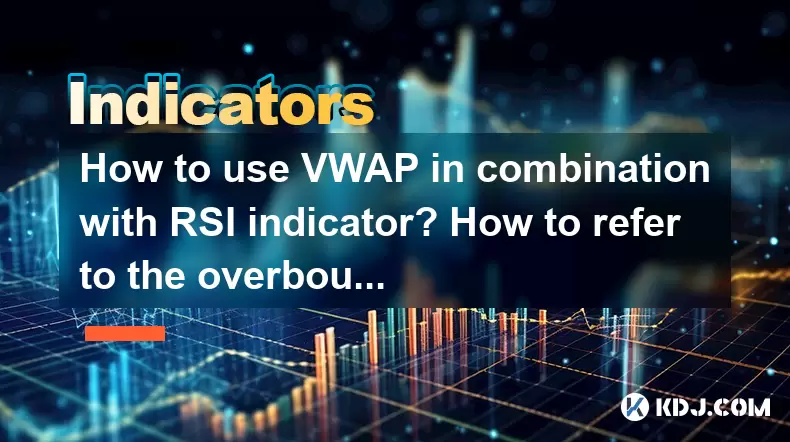
Using the Volume Weighted Average Price (VWAP) in combination with the Relative Strength Index (RSI) can provide traders with a powerful tool for making informed decisions in the cryptocurrency market. This article will delve into how to effectively use these two indicators together, focusing on how to identify overbought and oversold areas.
Understanding VWAP and RSI
VWAP is an indicator that calculates the average price of an asset weighted by volume. It is commonly used to determine the fair value of a security throughout the trading day. When the price of an asset is above the VWAP, it is considered to be in a bullish trend, while a price below the VWAP suggests a bearish trend.
RSI, on the other hand, is a momentum oscillator that measures the speed and change of price movements. It ranges from 0 to 100 and is typically used to identify overbought and oversold conditions. An RSI value above 70 is often considered overbought, while a value below 30 is considered oversold.
Setting Up VWAP and RSI on Your Trading Platform
To effectively use VWAP and RSI, you need to set them up on your trading platform. Here's how you can do it:
- Choose Your Platform: Ensure that your chosen trading platform supports both VWAP and RSI indicators. Popular platforms like TradingView, Binance, and Coinbase Pro typically offer these tools.
- Add VWAP Indicator: Navigate to the indicators section of your platform, search for VWAP, and add it to your chart. You may need to adjust the settings to fit your trading timeframe.
- Add RSI Indicator: Similarly, search for RSI in the indicators section and add it to your chart. The default setting for RSI is usually 14 periods, but you can adjust this if needed.
Interpreting VWAP and RSI Together
Combining VWAP and RSI can help traders gain a more comprehensive view of market conditions. Here’s how to interpret them together:
- Price Above VWAP and RSI Above 70: This scenario indicates that the asset is in a strong bullish trend and may be overbought. Traders should be cautious as a potential reversal could be imminent.
- Price Below VWAP and RSI Below 30: This suggests a strong bearish trend and that the asset might be oversold. This could be a good opportunity to buy, anticipating a potential reversal.
- Price Near VWAP and RSI Between 30 and 70: When the price is close to the VWAP and the RSI is within the neutral range, it indicates a balanced market condition. Traders might consider waiting for a clearer signal.
Identifying Overbought and Oversold Areas
Overbought and oversold areas are critical for traders to understand as they can signal potential reversals. Here's how to refer to these areas using VWAP and RSI:
- Overbought Area: When the RSI value exceeds 70, the asset is considered overbought. If this coincides with the price being significantly above the VWAP, it strengthens the signal. Traders might consider taking profits or preparing for a potential price drop.
- Oversold Area: An RSI value below 30 indicates an oversold condition. If the price is also significantly below the VWAP, it suggests that the asset may be undervalued and due for a rebound. This could be an ideal time for buying.
Practical Examples of Using VWAP and RSI
To illustrate how these indicators work together, let’s look at a few practical examples:
- Example 1: Suppose Bitcoin's price is trading above the VWAP, and the RSI is at 75. This indicates that Bitcoin is in a bullish trend but might be overbought. A trader might consider selling some of their holdings or setting a stop-loss to protect profits.
- Example 2: Ethereum's price is below the VWAP, and the RSI is at 25. This suggests that Ethereum is in a bearish trend and may be oversold. A trader might see this as a buying opportunity, anticipating a potential price increase.
- Example 3: Litecoin's price is hovering around the VWAP, and the RSI is at 50. This indicates a balanced market condition. Traders might decide to wait for a clearer signal before making a move.
Combining VWAP and RSI with Other Indicators
While VWAP and RSI can provide valuable insights on their own, combining them with other indicators can further enhance your trading strategy. Here are a few additional indicators you might consider:
- Moving Averages: Using moving averages can help confirm trends identified by VWAP and RSI. For instance, if the price is above both the VWAP and a long-term moving average, it strengthens the bullish signal.
- MACD: The Moving Average Convergence Divergence (MACD) can be used to confirm momentum changes signaled by RSI. If the RSI indicates an overbought condition and the MACD shows a bearish crossover, it might reinforce the possibility of a price drop.
- Bollinger Bands: These can help identify volatility and potential breakouts. If the price is near the upper Bollinger Band and the RSI is over 70, it might indicate an overbought condition with a high likelihood of a reversal.
Fine-Tuning Your Strategy
To maximize the effectiveness of using VWAP and RSI, consider the following tips:
- Timeframe Selection: Different timeframes can yield different signals. Ensure that you are using a timeframe that aligns with your trading strategy. For example, day traders might use a 1-hour chart, while swing traders might prefer a daily chart.
- Backtesting: Before applying your strategy to live trading, backtest it using historical data to see how it would have performed in the past. This can help you refine your approach and avoid common pitfalls.
- Risk Management: Always use proper risk management techniques, such as setting stop-loss orders and not risking more than a small percentage of your trading capital on any single trade.
Frequently Asked Questions
Q: Can VWAP and RSI be used for all cryptocurrencies?
A: Yes, VWAP and RSI can be applied to any cryptocurrency that has sufficient trading volume and price data. However, their effectiveness may vary depending on the liquidity and volatility of the specific cryptocurrency.
Q: How often should I check the VWAP and RSI indicators?
A: The frequency of checking these indicators depends on your trading style. Day traders might check them multiple times throughout the day, while swing traders might review them daily or weekly.
Q: Are there any other indicators that work well with VWAP and RSI?
A: Yes, other indicators that work well with VWAP and RSI include moving averages, MACD, and Bollinger Bands. These can help confirm signals and provide a more comprehensive view of market conditions.
Q: Can VWAP and RSI be used for short-term trading only?
A: While VWAP and RSI are often used for short-term trading, they can also be effective for longer-term strategies. Adjusting the timeframe and settings of these indicators can help adapt them to different trading horizons.
Disclaimer:info@kdj.com
The information provided is not trading advice. kdj.com does not assume any responsibility for any investments made based on the information provided in this article. Cryptocurrencies are highly volatile and it is highly recommended that you invest with caution after thorough research!
If you believe that the content used on this website infringes your copyright, please contact us immediately (info@kdj.com) and we will delete it promptly.
- DeFi Token Summer Gains: Is Mutuum Finance the Real Deal?
- 2025-08-02 18:30:12
- Bitcoin, Realized Price, and the Top: Are We There Yet?
- 2025-08-02 18:30:12
- Phishing, Wallets, and Stolen Funds: Staying Safe in the Wild West of Crypto
- 2025-08-02 16:30:12
- Rare Coin Alert: Is That 50p in Your Pocket Worth £10,000?
- 2025-08-02 16:30:12
- Arbitrum (ARB) Price Prediction: Oversold Signal or Breakout Imminent?
- 2025-08-02 16:55:36
- Arbitrum (ARB): Navigating Price Dips, PayPal Perks, and the Road Ahead
- 2025-08-02 17:00:12
Related knowledge

Is it possible to alter or remove data from a blockchain?
Aug 02,2025 at 03:42pm
Understanding the Immutable Nature of BlockchainBlockchain technology is fundamentally designed to ensure data integrity and transparency through its ...
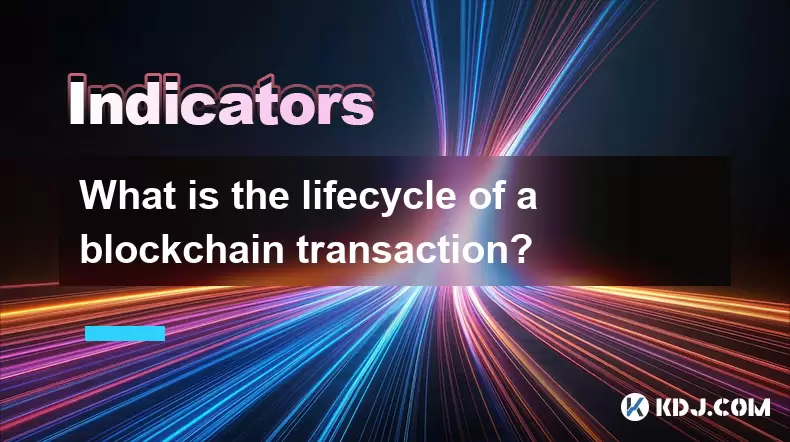
What is the lifecycle of a blockchain transaction?
Aug 01,2025 at 07:56pm
Initiation of a Blockchain TransactionA blockchain transaction begins when a user decides to transfer digital assets from one wallet to another. This ...
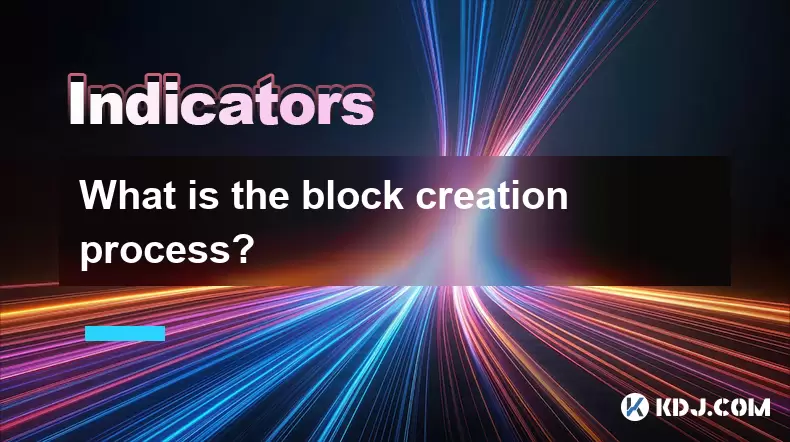
What is the block creation process?
Aug 02,2025 at 02:35am
Understanding the Block Creation Process in CryptocurrencyThe block creation process is a fundamental mechanism in blockchain networks that enables th...

How do I secure my private key?
Aug 01,2025 at 05:14pm
Understanding the Importance of Private Key SecurityYour private key is the most critical component of your cryptocurrency ownership. It is a cryptogr...
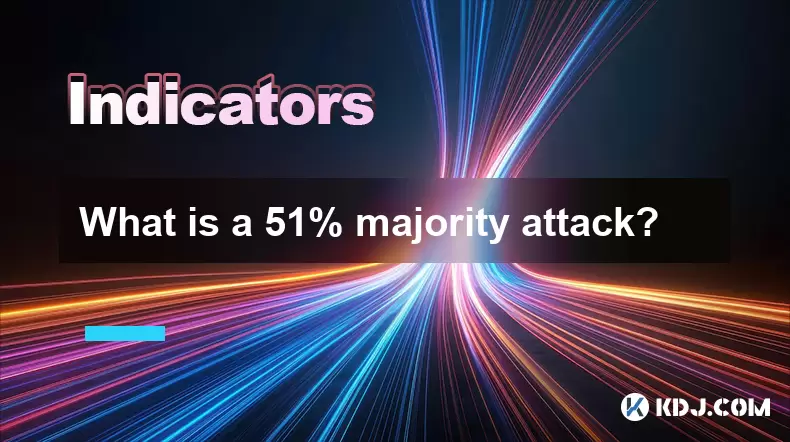
What is a 51% majority attack?
Aug 01,2025 at 09:15pm
Understanding the Concept of a 51% Majority AttackA 51% majority attack occurs when a single entity or group gains control over more than half of a bl...
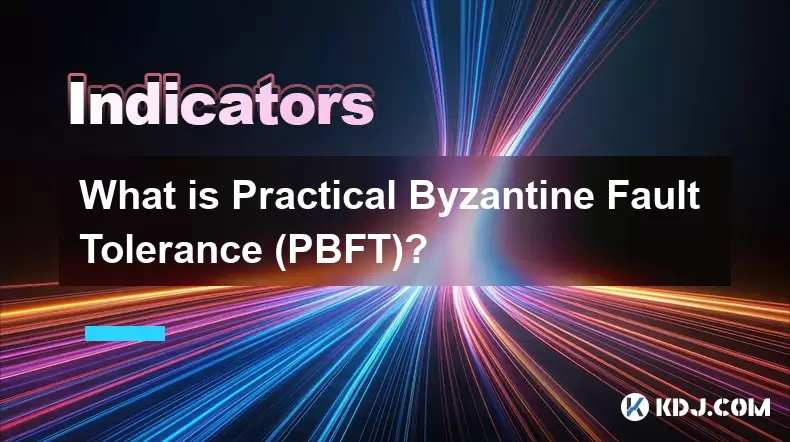
What is Practical Byzantine Fault Tolerance (PBFT)?
Aug 02,2025 at 06:42am
Understanding the Byzantine Generals ProblemThe foundation of Practical Byzantine Fault Tolerance (PBFT) lies in solving the Byzantine Generals Proble...

Is it possible to alter or remove data from a blockchain?
Aug 02,2025 at 03:42pm
Understanding the Immutable Nature of BlockchainBlockchain technology is fundamentally designed to ensure data integrity and transparency through its ...

What is the lifecycle of a blockchain transaction?
Aug 01,2025 at 07:56pm
Initiation of a Blockchain TransactionA blockchain transaction begins when a user decides to transfer digital assets from one wallet to another. This ...

What is the block creation process?
Aug 02,2025 at 02:35am
Understanding the Block Creation Process in CryptocurrencyThe block creation process is a fundamental mechanism in blockchain networks that enables th...

How do I secure my private key?
Aug 01,2025 at 05:14pm
Understanding the Importance of Private Key SecurityYour private key is the most critical component of your cryptocurrency ownership. It is a cryptogr...

What is a 51% majority attack?
Aug 01,2025 at 09:15pm
Understanding the Concept of a 51% Majority AttackA 51% majority attack occurs when a single entity or group gains control over more than half of a bl...

What is Practical Byzantine Fault Tolerance (PBFT)?
Aug 02,2025 at 06:42am
Understanding the Byzantine Generals ProblemThe foundation of Practical Byzantine Fault Tolerance (PBFT) lies in solving the Byzantine Generals Proble...
See all articles

























































































